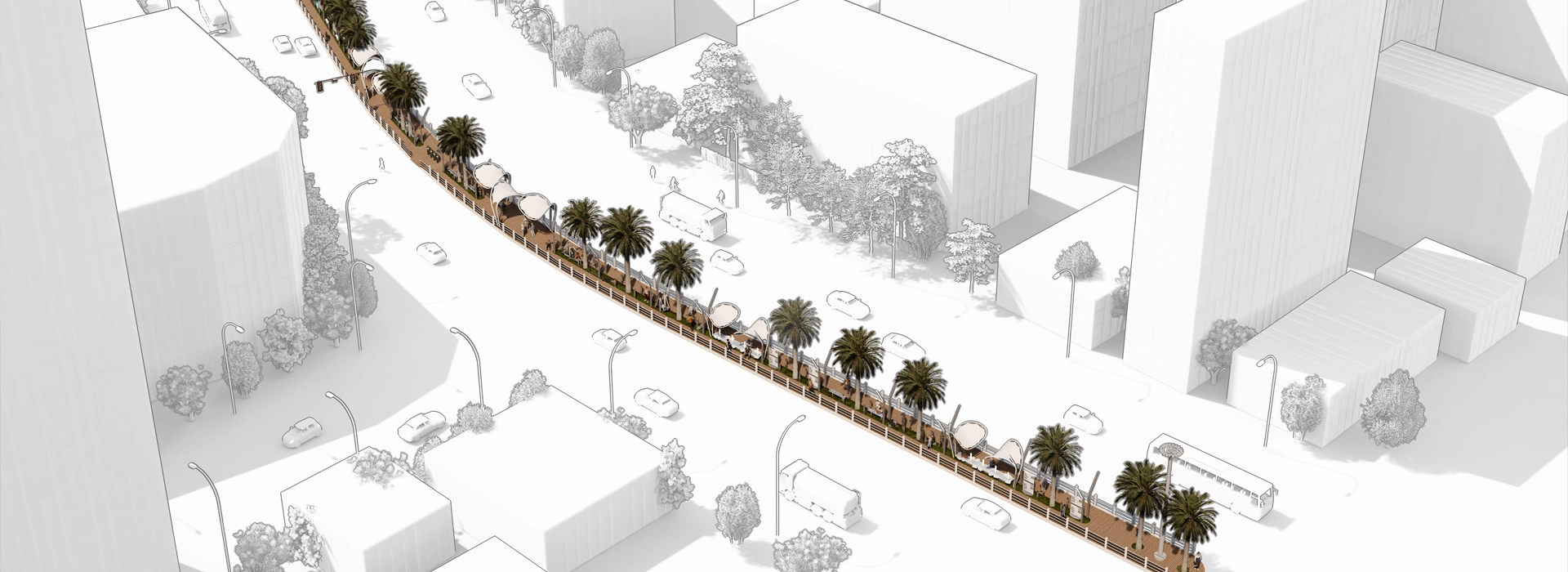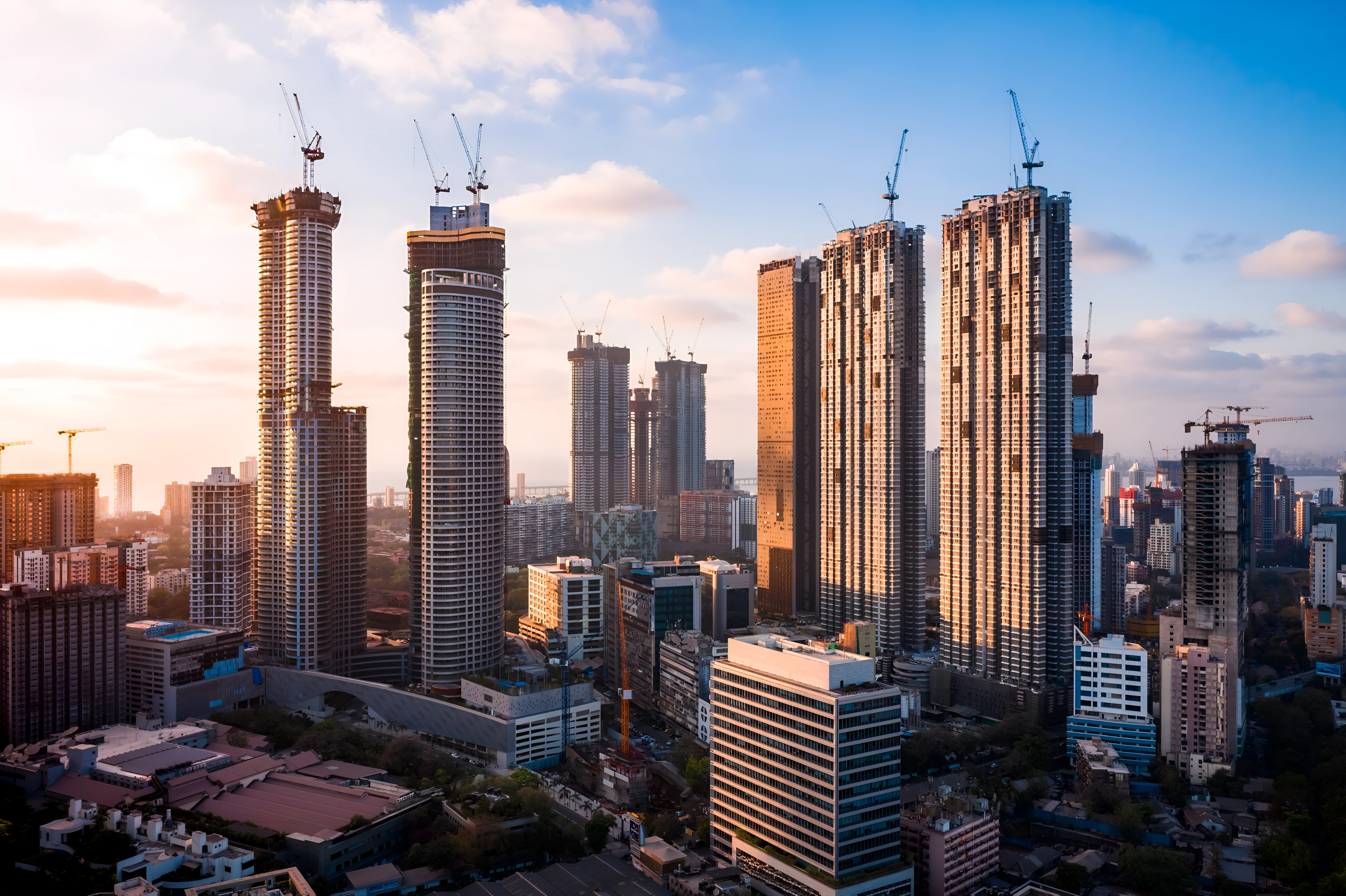


Mumbai's skyline, an iconic blend of modern high-rises and historical landmarks, is continuously evolving, largely influenced by the decisions of real estate developers. These developers play a pivotal role in shaping the city’s growth, architectural identity, and urban landscape. However, the question arises: do their priorities align with those of the public?
Influence on City Growth and Skyline
Real estate developers are the driving force behind Mumbai’s vertical expansion. With the city facing a severe space crunch due to its dense population, developers have focused on building high-rise residential and commercial towers. This growth has transformed Mumbai’s skyline, replacing old buildings with contemporary structures and opening up new business hubs and residential areas.
Developers also play a key role in determining land usage through redevelopment projects. By repurposing old, dilapidated buildings into high-value developments, they contribute to the rejuvenation of urban spaces. Landmark projects such as those in areas like Nariman Point, Bandra-Kurla Complex, and Worli exemplify how real estate development is directly tied to Mumbai’s growth trajectory.
Priorities: Developer vs Public Interests
While real estate developers have driven urban progress, their priorities do not always align with the public’s needs. Developers often focus on maximizing profit, which can lead to luxury projects that cater to affluent buyers, rather than addressing the growing demand for affordable housing. This results in a growing disparity between the high-end towers and the underserved lower-income communities.
The public, on the other hand, seeks better quality of life, which includes access to affordable housing, green spaces, efficient public transport, and robust infrastructure. In some cases, real estate projects fail to integrate these elements, leading to concerns about overcrowding, lack of amenities, and environmental degradation.
Moreover, the pressure to deliver profits quickly can lead to shortcuts in construction quality, neglecting long-term sustainability and safety.
A Balanced Approach for Future Growth
To ensure that the interests of both developers and the public align, urban planning must focus on inclusivity and sustainability. Developers should be encouraged to incorporate affordable housing projects, green spaces, and environmentally friendly practices into their plans. Collaborative efforts with the government, urban planners, and community stakeholders will be crucial in creating a Mumbai that balances commercial growth with the well-being of its residents.
In conclusion, real estate developers have a profound influence on Mumbai’s skyline and urban growth. However, their priorities must evolve to consider the broader needs of the public, focusing on sustainable, inclusive, and responsible development to shape a city that benefits everyone.